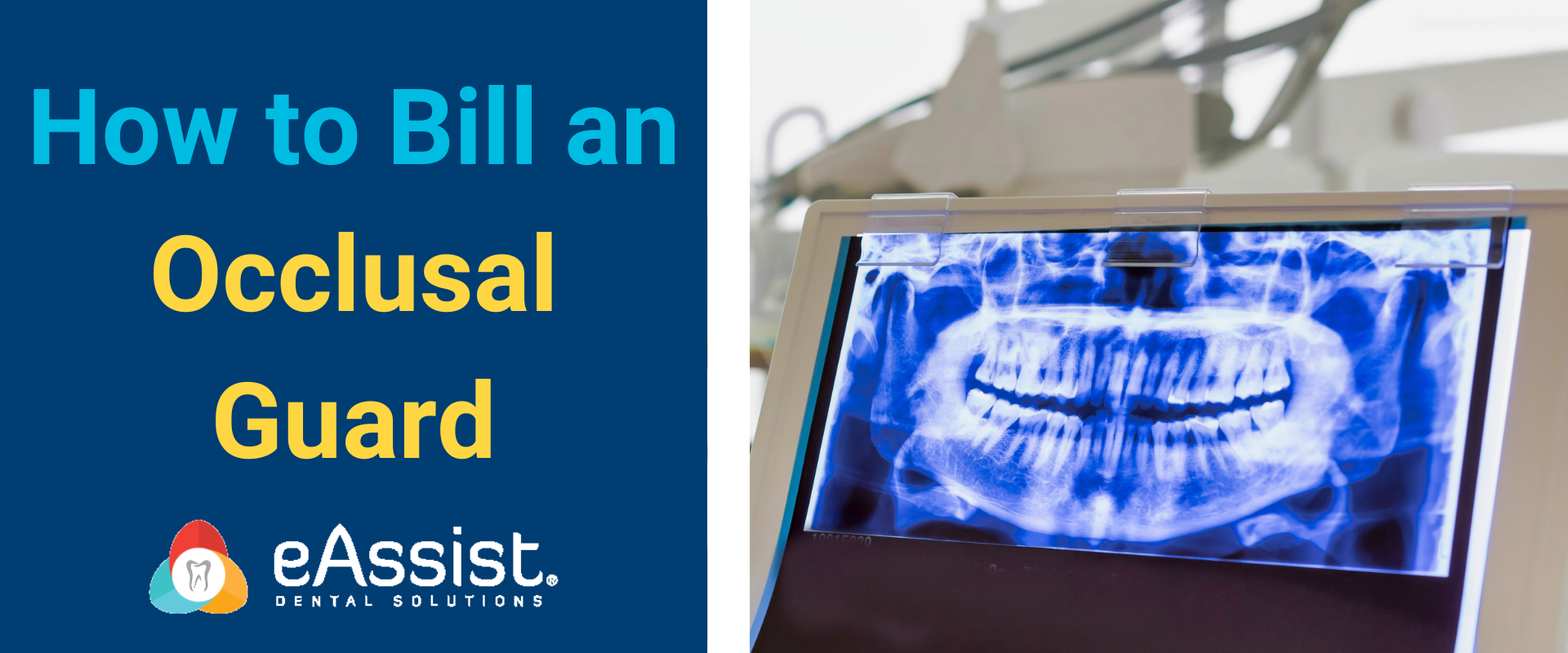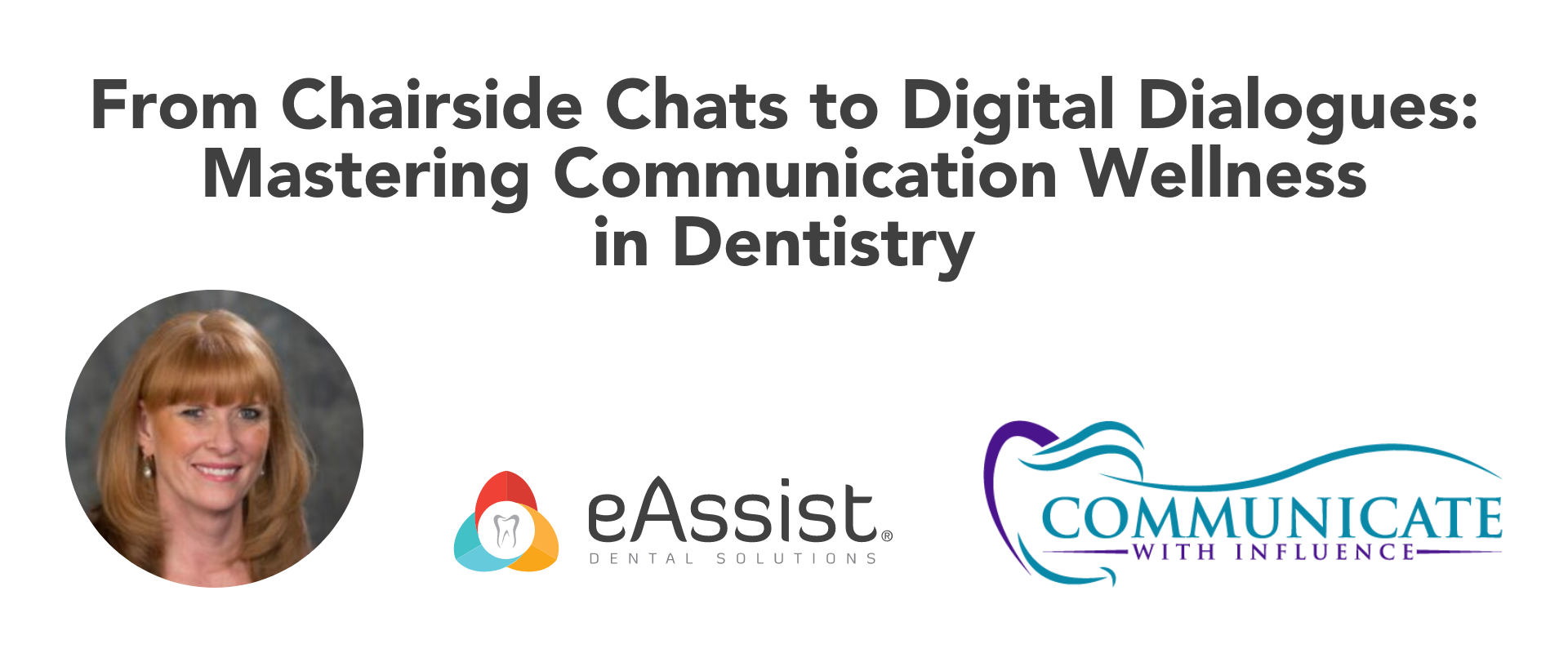We all know it takes the smallest mistake to discourage a patient and make them doubt your front office staff’s customer service abilities. Many patients have been lost over an accounting error that went unaddressed too long or was just poorly handled. You are not alone. The Medical Billing Advocates of America estimate as many as 80% of all medical bills contain incorrect information. For those of us working in the front office, we know just how common these seemingly innocent errors can be. We’ll address the five most common dental billing mistakes that can cause delayed claims payments, unwarranted denials, and decreased treatment acceptance, while providing dental billing outsourcing as a powerful solution to patient retention and long-term treatment acceptance:
-
Incorrect coverage information
We can’t expect our patients to have a crystal ball when it comes to understanding the ins and outs of their benefit maximums or coverage limits. Plus, insurance carriers change their policies so frequently that most doctors aren’t even aware of whether a particular procedure should be covered or not. For patients, that means an inaccurate breakdown of what’s covered and when, and potentially a giant bill they’re now on the hook for. Procedures should always be verified before completed, especially if you are an out-of-network provider, to ensure preauthorization is not required. Very few insurances allow for retroactive preauthorization (so if you make a mistake, it is impossible to correct it and obtain payment) and those that do often only allow for it if the procedures were performed as emergency treatment.
-
Overprescribing care
Most patients want their visits to be quick, comfortable, and cheap. As dentists, we know that the disconnect between oral healthcare goals and tangible treatment can be vast. If the doctor begins to add on multiple treatment types to the care plan or suggests that further treatment is needed sooner than later without much in the way of explanation, patients are apt to recoil and cancel even if they already have an appointment booked. Getting patients in the chair requires tact and a personal touch for every procedure we perform, whether that is a simple cleaning or multiple fillings for a particularly sweet-toothed customer. Acceptable treatment option scripts should look something like this:
- “You mentioned something about a sensitivity to cold during our last visit. I’d like to explain a few ways we can fix that for you.”
- “Unfortunately, the small decay that we looked at previously has grown to affect another tooth and will now require a root canal.”
- “It looks like there is considerable bleeding and redness around your gum area here. That must be painful. Here’s what we can do to make that feel less painful for you today.”
Of course, we don’t want to have “yes” or “no” questions as much as create a professional yet friendly dialogue with patients who may be reluctant to come back for treatment. In the end, the doctor’s goal is to ensure that patients don’t experience pain and discomfort, and by addressing what is mentioned or right in front of you during an examination, you’re more likely to better your chances of consistent acceptance.
-
Dental billing and coding errors
The use of improper coding technique has many risks. This could either mean the wrong code for the specific type of procedure or it could mean using expired codes. “Upcoding” is the practice of coding a procedure with a much more serious or severe procedure or diagnosis code. It is considered fraudulent but is often done by accident by inexperienced dental billing staff. It is important to utilize experienced billers that can accurately read your notes and superbills to assess whether the procedure and diagnostic codes are appropriate and the best applicable coding.
The biggest change was the shift from ICD-9 diagnosis codes to ICD-10 codes. Experienced billers should know when submitting older claims which coding set applies to the date of service. There are thousands of diagnosis codes for every imaginable reason – it is important to have an experienced biller who does not make errors in choosing the correct diagnosis codes.
-
Insufficient documentation
When it comes to crafting the claim itself, all of the pieces from initial patient treatment acceptance, narrative clauses, and charts are required in order to build an accurate need for reimbursement. Insurance carriers may have differing rules for particular procedures, which makes this attention to detail all the more important. If the doctor generalizes the procedure too much, the claim now has a much higher chance of facing rejection due to lack of evidence for necessity. Be sure to crosscheck the following in your claims when necessary:
- Accurate name, date of birth, address, and insurance information
- Treatment plan outline for services provided and corresponding procedure codes
- Diagnostics from x-rays and intraoral photos
- Your National Provider Identifier (NPI)
- Date of procedures performed within the claim
- Individual fee schedules for the procedures performed
While your practice management software should input most of this information automatically, it never hurts to spend a few seconds double checking each claim, especially when narratives or diagnostic attachments are concerned. Being certain that everything is in its place is a far better option than waking up to a stack of rejections.
-
Waiting too long to submit claims
It’s easy to think that you will make it to that list of claims for the day before you head to lunch, or maybe you’d feel better about catching up with them tomorrow instead. As a seemingly simple but notorious error, timely submission makes for a high accounts receivable as the weeks go by. Even if one or two claims slip through the cracks, they eventually become entirely unmanageable without devoting even more time and energy into appealing them outside of their submission window. Plus, specific insurance carrier regulations may limit this window to a few days to weeks after treatment. Outside of this window, the claim will be routinely denied.
Solution: outsourcing dental billing to the nation’s leading platform
Few offices have the capability to hire an experienced staff member who is able to send accurate claims 100% of the time without receiving multiple denials or rejections based on minor errors. eAssist Dental Solutions solves this problem by giving your practice access to experienced dental billing talent while allowing your staff to focus on patient care. Learn more from a Business Development Specialist who can walk you through the achievable brand promises that eAssist can offer to your practice, regardless of your current accounts receivables or collection ratio.











0 Comments